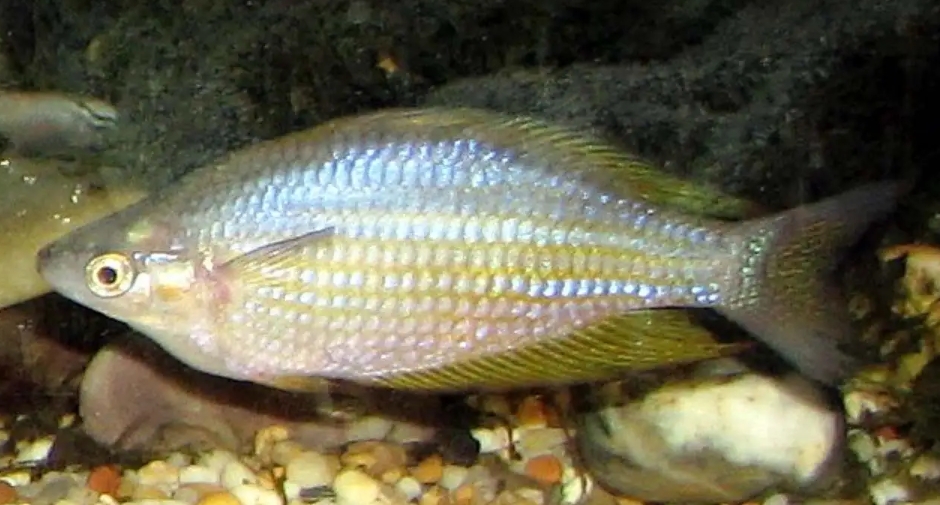Among the various forms of extremophile life that there are on Earth it is also interesting to mention those that live in aquatic environments located in deserts. These are typical environmental conditions of the Australian outback. And the scientists who have carried out a new study to understand how some of these life forms evolve and manage to resist in such extreme and dry environments come from Australian institutes.
Splendid melanotaenia tatei
The researchers focused on Melanotaenia Splendid tatei, a rainbow fish found in the rivers of northern Australia’s hinterland.
They found that the populations of this fish that live in rivers in the more isolated areas of the Australian interior desert are smaller in size. However, members of these populations are also characterized by a greater ability to adapt.
Interesting concept
It’s an interesting concept, explains Luciano Beheregaray, a researcher in the Department of Ecology, Evolution and Environment at Flinders University, one of the authors of the study. Traditionally, in fact, it is thought that small populations of a given species represent a dead end in evolution. What he discovered in this study, however, is that life always finds a way to survive, generation after generation, even with populations contained in very difficult environments.
How does this fish not go extinct?
Usually surviving in harsh environments requires a large gene pool, and therefore relatively large populations. This does not seem to be the case with the Melanotaenia Splendid Tatei. So how does this fish not go extinct with such small populations?
As Catherine Attard, researcher at Flinders’ Molecular Ecology Lab and lead author of the study explains, small gene pools can cause inbreeding and therefore health problems, the first viaticum for extinction. The fish found in isolated bodies of water in the desert hinterland of Australia, on the other hand, seem to survive relatively without problems, reproducing generation after generation.
They take advantage of the rare flood events
Indeed, they seem to exploit rare flood events. They also do this through genes that have adapted to aridity: during the temporary floods that can occur in the Australian hinterland, these fish immediately disperse in the temporary streams that are created and branch off from the main ones in which they live and then prepare for the next dry period.
“The results of our study suggest that adaptations and persistence of genetic diversity can take place even in small populations, as long as natural connectivity occurs during floods,” Beheregaray explains.

